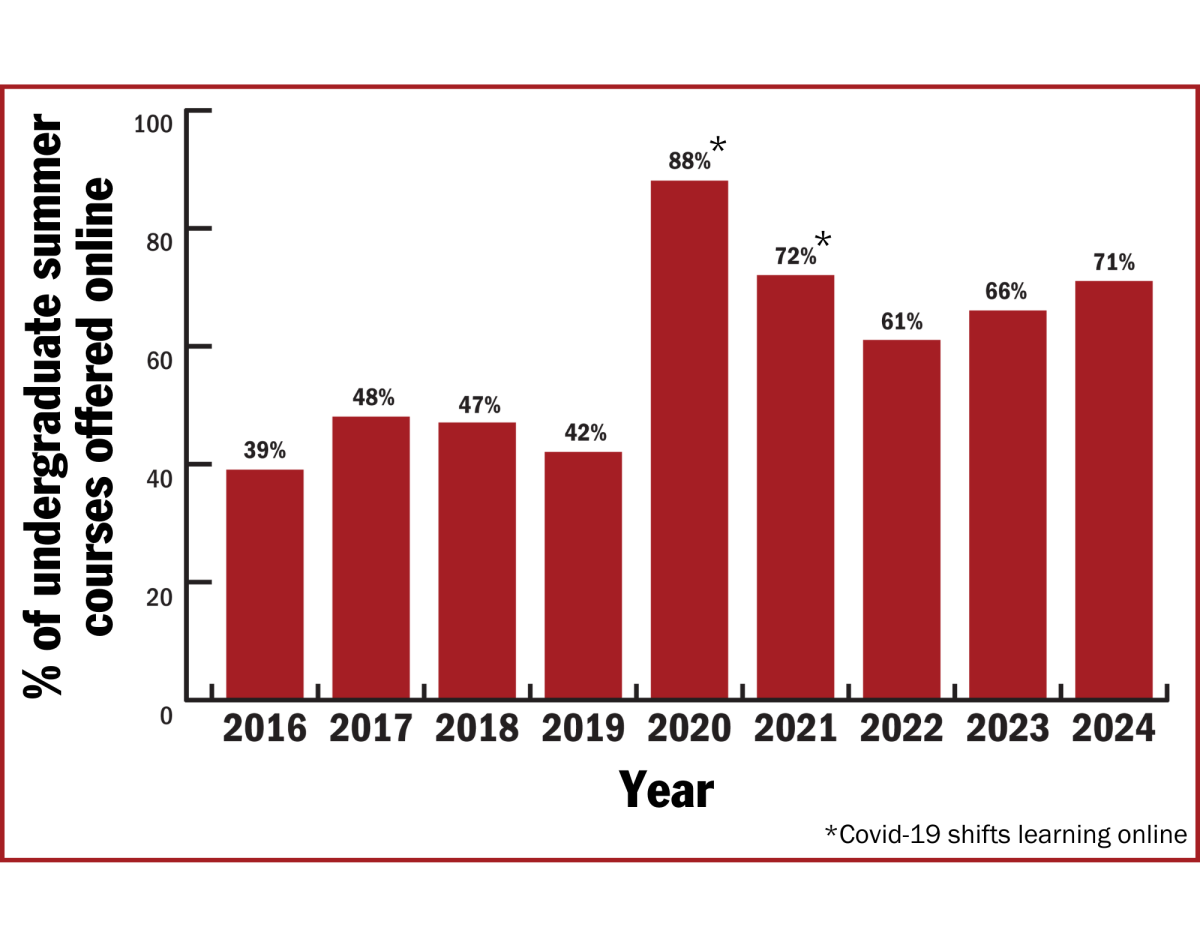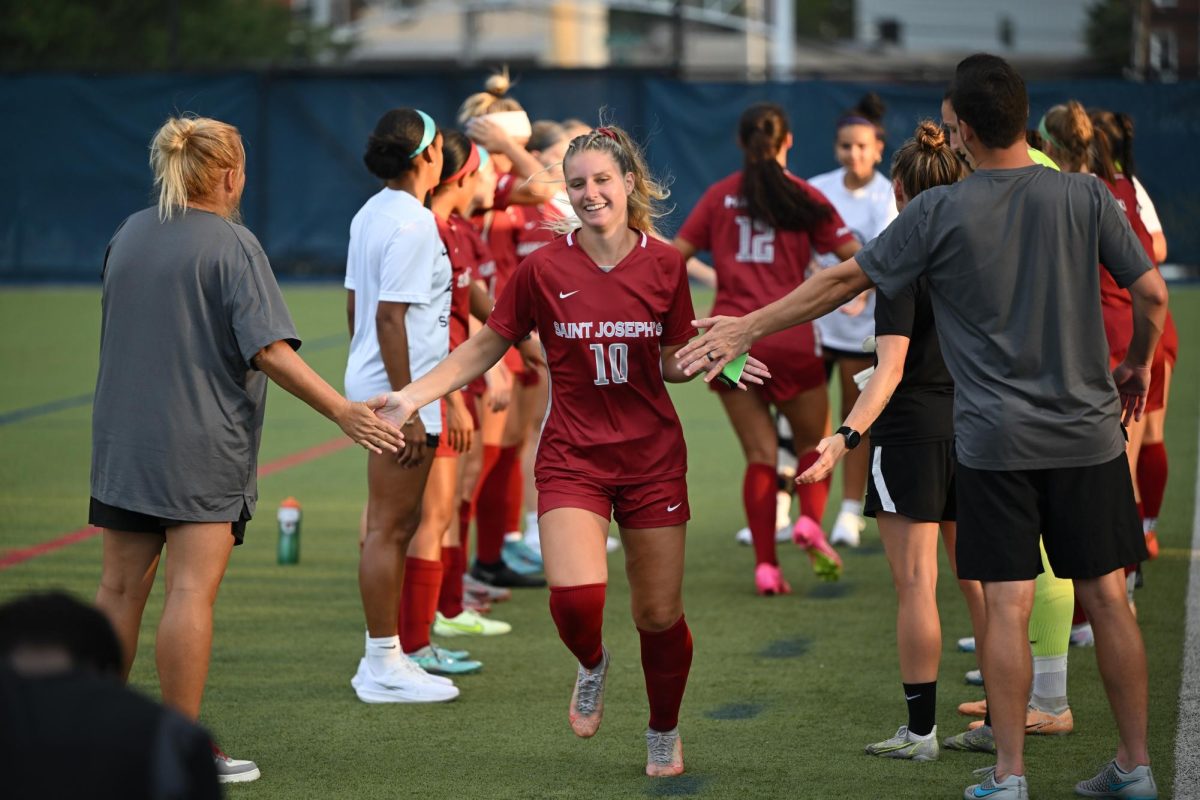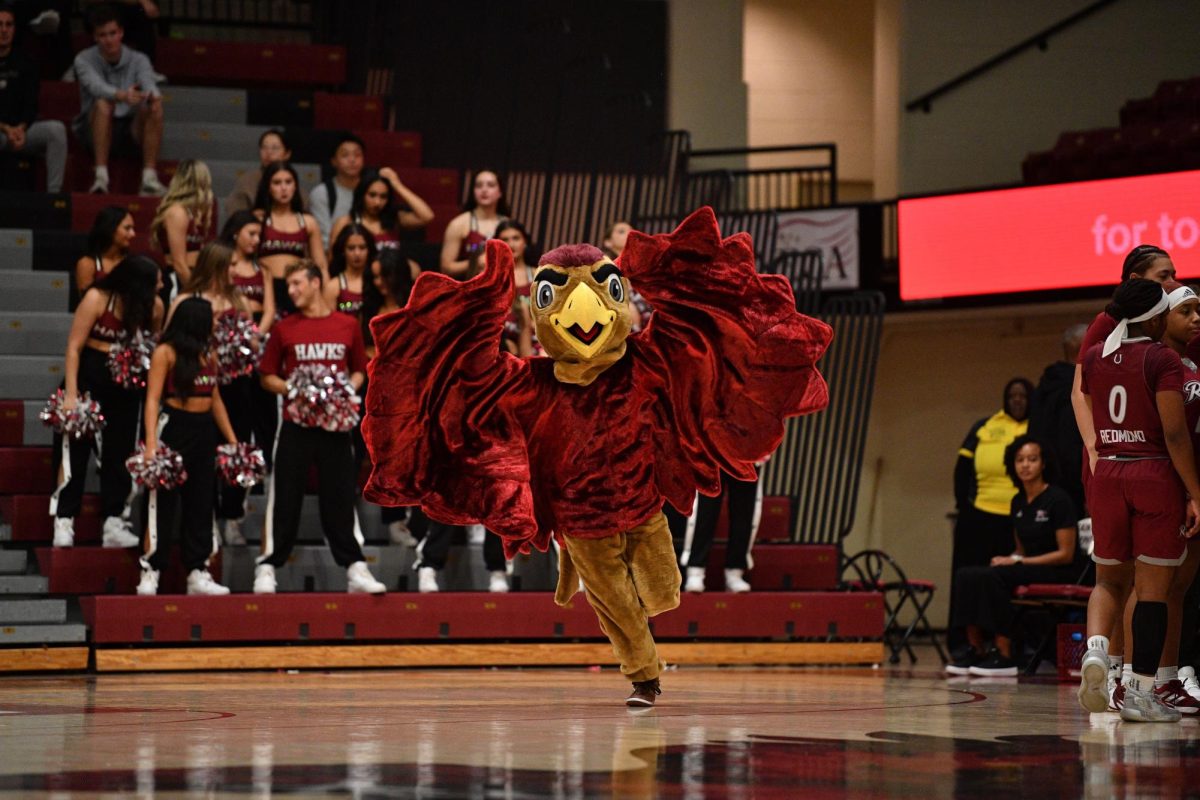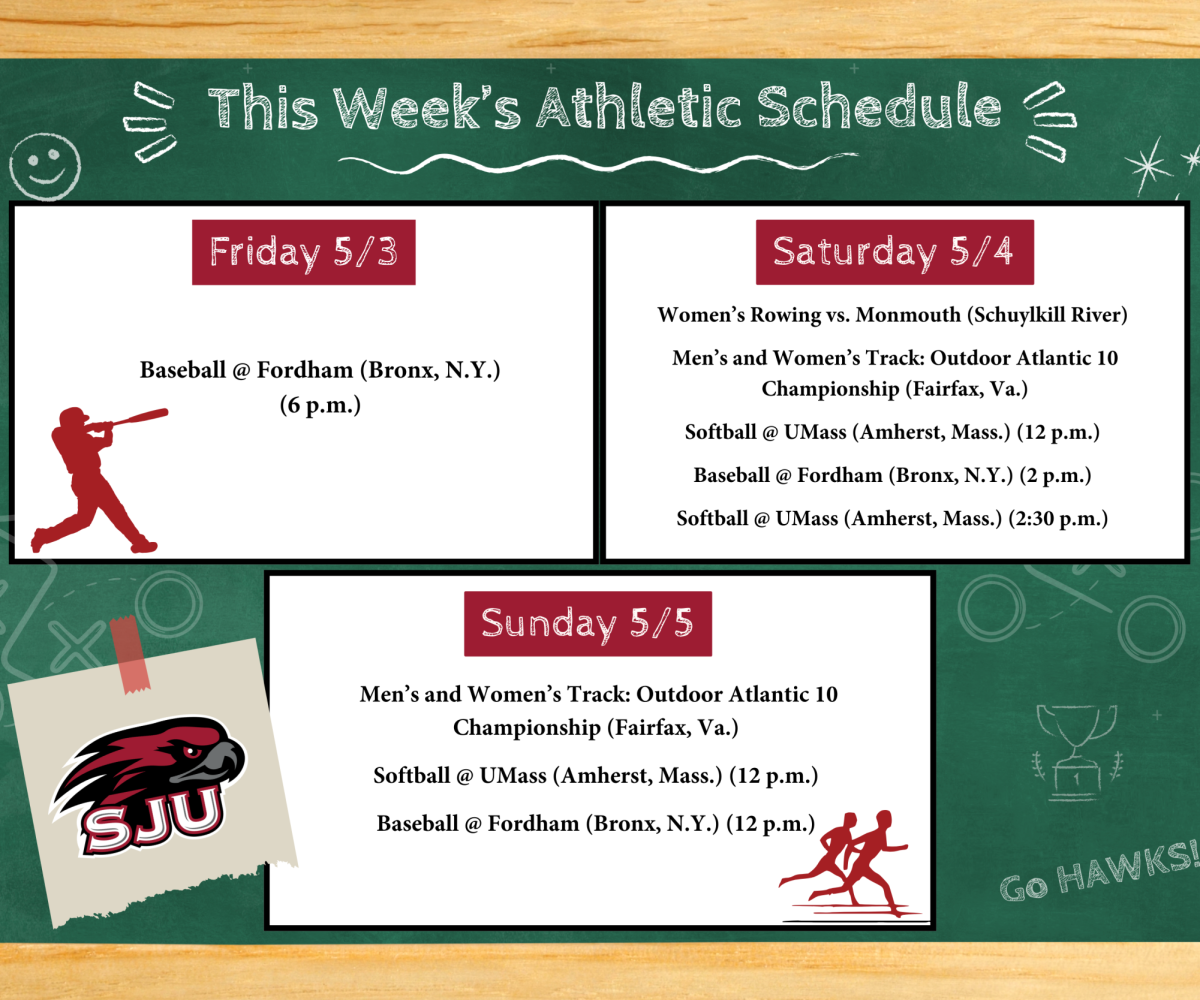The wave of (liberal) activism that kicked off with the first Women’s March in 2017, in reaction to Donald Trump’s inauguration, rolls on. Last month, West Virginia’s 20,000 public school teachers, as well as other supporting staff, held a nine-day statewide strike that resulted in a five percent pay increase for the teachers and other school employees.
Back during the Obama administration, the conservative activist Tea Party movement swelled up in protest of the government bailouts of companies in the auto, banking, and insurance industries after the economic crisis of 2008. The activism of that movement helped elect about 39 Republicans to the House of Representative and five Republicans to the Senate in the 2010 midterms, according to the New York Times.
Although only about half of Tea Party-backed candidates were successful in 2010, the movement’s impact on national politics was both immediate, in the widespread opposition of the Affordable Care Act, and long-lasting, as Tea Party-backed candidates still have massive influence in Congress, especially through the House Freedom Caucus.
Now in 2018, Democrats have a similar chance to transform activism into electoral success, and the activism since the inauguration in 2017 has been made up of any even wider coalition of groups and interests. This broader base, however, might not translate as easily to success at the ballot box.
Consider some of the issues represented in the recent swells of activism: women’s rights, immigrant rights, health care, gun control, and most recently, labor issues are among just the movements that have gained national attention.
That’s a diverse set of issues, propelled by an even more diverse set of people and activists. How Democrats might capture this this momentum in November is perhaps the deciding factor as to what will happen in the midterms. The diversity of interests may prove hard to unite.
Yet the activism propelled by teachers might spell an opportunity for Democrats to finally recapture labor, once the paramount Democratic issue and key Democratic base.
Teacher and labor activism stand out among the many because they get at the heart of an issue that can get lost in when debates are led by elites in government and the media: American wages are stagnant, and have barely recovered from the economic crisis.
But when debates are led by average Americans across geographic, racial, and partisan divides, wages and economic security get centered in conversations on all kinds of issues: from labor, to women’s equality, to poverty, to criminal justice, to problems in our schools and beyond.
To win in November, Democrats don’t have to lead so much as they have to follow: follow uprising swells of activism led by ordinary Americans and listen to what these activists are demanding. Start taking substantive steps in office and center economic issues in policy priorities to show labor activists that they have advocates to support on the ballot in November.


































